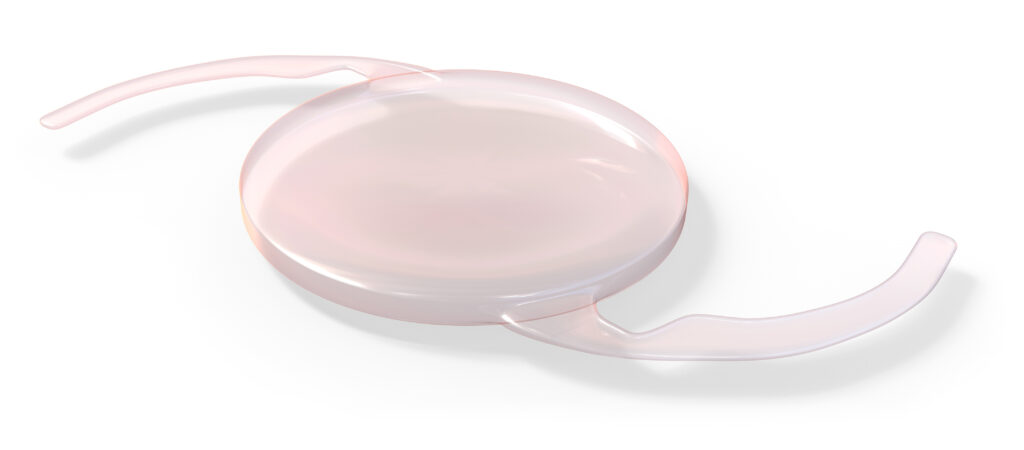Formation of a cataract is a normal aging process of the lens inside the eye. The lens is the part of the eye that helps focus light rays on the retina (the back layer of the eye). Early in life, the lens is transparent and lets the light pass through; with time the lens becomes cloudy and then is called a cataract. Learn more about cataract causes and symptoms.
For early-stage cataracts, changing your glasses prescription may help improve your vision. Unfortunately there are no medications or eye-drops that will help. When cataracts are interfering with normal activities of daily living, surgery and lens replacement should be considered.
Florida Eye Associates’ surgeons usually remove cataracts under local anesthesia in our ambulatory surgery center. The surgeon makes a tiny incision and the clouded lens is removed through “phacoemulsification,” a process that uses ultrasound power to liquefy the lens so it can be withdrawn. A clear lens implant is then placed in the sac that used to hold the cataract.
Click on the image to learn about cataract procedures.
The best choice for an intraocular lens depends on factors including lifestyle and specific visual needs. “Premium” intraocular lenses have advanced features beyond those found in basic single vision IOLs. Replacement lens options include:

Contact Florida Eye Associates at 321-727-2020 to schedule an eye examination at one of our convenient offices throughout Brevard.








502 E New Haven Ave
Melbourne, FL 32901
Phone: 321-727-2020
Hours:
8:00 am – 4:30 pm – Monday – Friday
8:00 am – 11:00 am – Saturday
161 Malabar Road NE
Palm Bay, Florida 32907
Phone: (321) 727-2020
Fax: (321) 726-4061
Hours:
8:00 am – 4:30 pm – Monday – Friday
5510 Murrell Road
Melbourne, Florida 32940
Phone: (321) 727-2020
Fax: (321) 726-4061
Hours:
8:00 am – 4:30 pm – Monday – Friday
2003 N. Atlantic Avenue
Cocoa Beach, Florida 32931
Phone: (321) 727-2020
Fax: (321) 726-4061
Hours:
8:00 am – 4:30 pm – Monday – Friday
509 East New Haven Avenue
Melbourne, Florida 32901
Phone: (321) 727-2020
Fax: (321) 726-4061
Hours:
8:00 am – 4:30 pm – Monday – Friday
719 E. New Haven Ave.
Melbourne, Florida 32901
Phone: 321-984-4405
Open:
Monday – Friday
© 2025 Florida Eye Associates.